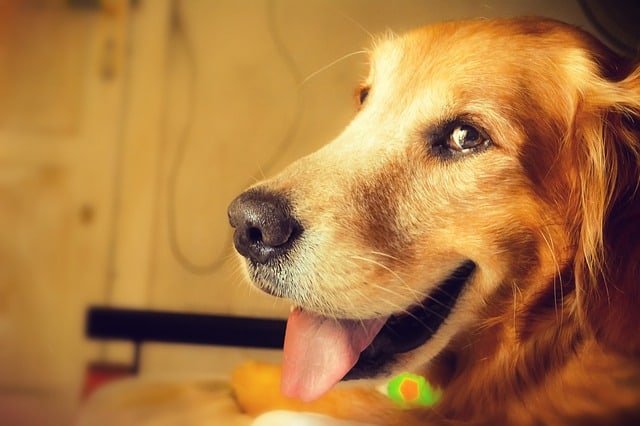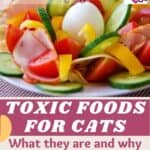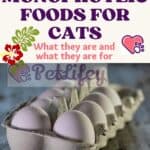
The antioxidants found in dog food are used to keep the food intact. But are they good?
The role of antioxidants in dog food is not entirely clear. In principle, we can say that, thanks to these additives, the food intended for your dog remains intact over time.
It is easy to guess that the presence of antioxidants in dog food causes the product to retain its flavor and nutritional properties. Also, by itself, taking antioxidants is good for your dog’s health.
What does the oxidation process consist of?
Oxidation is a process that occurs when food is exposed to oxygen. Gradually, oxygen causes the nutrients present in food to break down. The result of oxidation ranges from browning to rancid food.
For this reason, a mixture of antioxidants is used to block or slow down the rate of decomposition of food caused by the action of oxygen.
In food processing, the use of antioxidants allows to extend the shelf life of the final product.
Once ingested, what do antioxidants do?
In addition to keeping food in good condition, the antioxidants found in dog food can protect the body’s cells from oxidative damage. Every day the body is exposed to the effects of free radicals produced by the body.
Free radicals are unstable and highly reactive. When healthy, the body has mechanisms to maintain an adequate balance of free radical levels. If this balance is not maintained and there is an excess of free radicals, cellular damage can occur.
The body can use free radicals as a weapon to eliminate pathogens present in the body. However, if in excess, they can attack certain elements of the cells such as lipid membranes, enzymes that carry out metabolic processes and even DNA sequencing.
The dog’s nervous and immune systems are particularly vulnerable to oxidative damage. Excess free radicals cause disease progression and premature aging in cats and dogs.
Antioxidants in foods slow down the damage caused by free radicals and prevent the spread of cell damage.
Where do the antioxidants in dog food come from?
Typically, two types of antioxidants are used in dog food: natural and synthetic ones.
Natural antioxidants
They include vitamins C and E, citric acid and some sources can be aromatic plants such as rosemary.
- The vitamin C or ascorbic acid. It is present in fruits and vegetables such as oranges, apples, tomatoes, spinach and berries.
- Citric acid. Natural sources of citric acid are citrus fruits.
- Vitamin E (natural). Generally, on the labels of commercial foods, the presence of vitamin E is indicated with the words “mixed tocopherols”. It is found in corn, sunflower, safflower, soybean oils, nuts, seeds and green leafy vegetables.
- Selenium. It is present in red meat and fish and also in various vegetables and greens.
- Beta carotene. It is found mainly in dark green vegetables such as spinach, dandelion, chard, broccoli, but also in carrots, sweet potatoes and pumpkins.
Synthetic antioxidants
Synthetic antioxidants are created in the laboratory. On the labels they are indicated with the acronyms BHA or E320 (Butylhydroxyanisole), BHT or E321 (Butylhydroxyitoulene) and ethoxyquin (E324).
- Compounds BHA and BHT are chemically similar to vitamin E. They are often used in combination in dog food because they work well together. Both are very stable at high temperatures.
- Ethoxyquin, manufactured by Monsanto, is an additive on which there are controversial opinions. However, today it is used in low concentrations in dog food. The Food and Drug Administration of the United States of America (FDA) deems it safe as long as it is in very low doses.
Based on the results of several scientific studies , the experts came to the conclusion that:
- TBHQ, a compound derived from the metabolism of BHA, has a carcinogenic and genotoxic effect (affecting DNA); while BHA, which does not have a teratogenic effect, is potentially an allergen.
- BHA and BHT are also present in a list published by the FDA and indicated as endocrine disruptors (they hinder the metabolism of lipids). The European Commission believes that these substances are of great concern, especially in light of the results of studies on reproductive toxicity and the properties of endocrine disruptors in food.
Antioxidants in dog food: how to choose a good feed
We advise you to always read the ingredients listed on dog food labels . Keep in mind that pet food companies must list the antioxidants (and their common names) found in the food they produce on their labels. In addition, they must also report the ingredients they use as preservatives.
To make an informed decision about which food to give to your dog, it is important to be well informed. You need to have as much information as possible about the ingredients in the feed and why they are used.
Beware of information that is unsupported by scientific evidence or that appears to go against common sense.
Always stay informed by consulting reliable sources. Being well informed about the type of food to give to your pet will allow you to safeguard your pet’s health.






